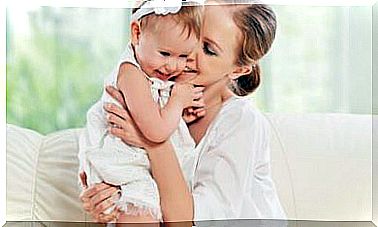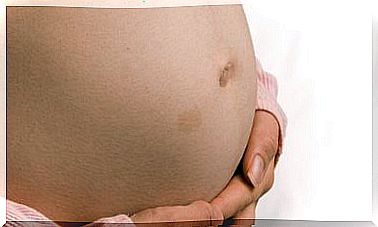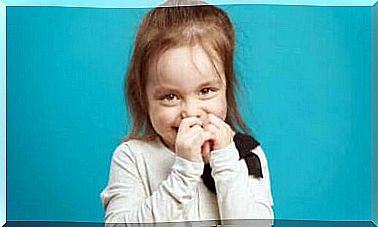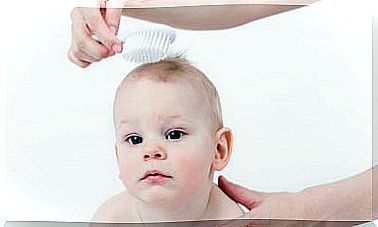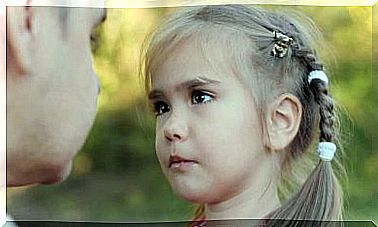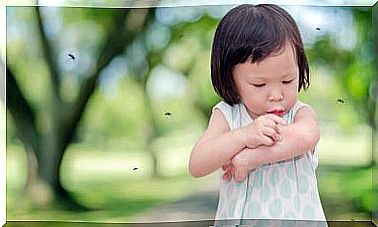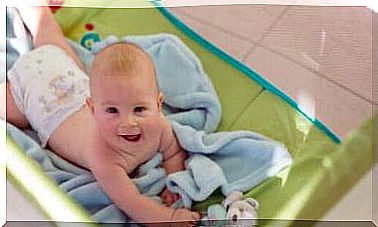How Can Children Learn To Be Good At Math?
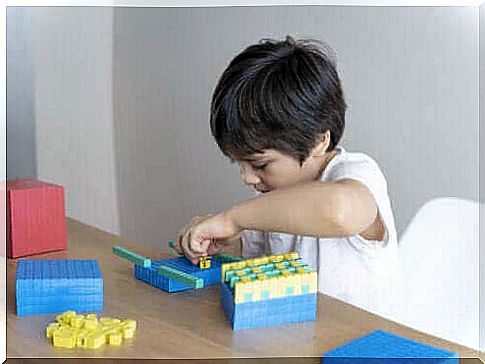
Children begin to develop their math skills when they are still young by exploring their environment. This process then continues when they reach preschool age. Thus, when they begin to learn formal math skills in first grade, the foundation for their math success is already in place. In other words, this is a basis for your child to learn to be good at math.
What is early mathematics?
Early math refers to mathematical concepts and skills that the child develops informally during the first years. We can also call it prior knowledge in mathematics or early arithmetic. It is important for young children to learn and develop basic math skills before being introduced to more advanced concepts.
Do you think it’s time for your child to start learning math? Then you probably first think of numbers and try to teach how to count, recognize numbers, add and subtract. However, this is in fact among the more advanced early math skills that you should wait to learn.
It is important that you understand how children learn mathematical concepts, so we will go on to explain this.
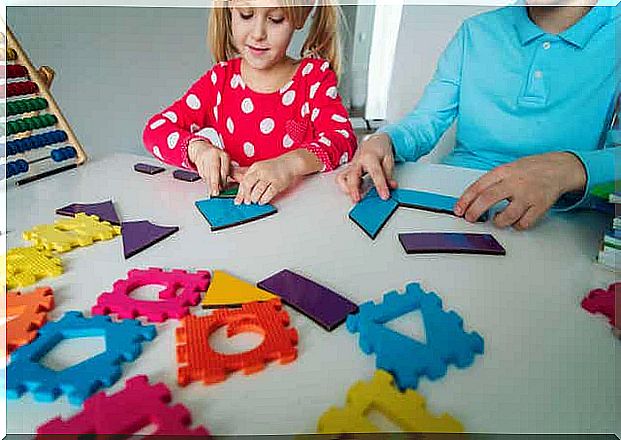
How children learn to be good at math
The three stages of how children learn to be good at math are concrete, visual and abstract. Below we go through these three steps so that you can figure out what stage your children are at.
The concrete stage
During the concrete stage, children must physically experience a concept. To develop their understanding of a certain element, for example, they need to hold a block. By playing with concrete objects, children form an understanding of the concept that there can be one object, or more, fewer, larger, etc.
Several mathematical processes take place when a child builds a tower with blocks with a friend. By building with bricks, children can, among other things, learn concepts such as more, less, one more, not enough, how many, many, less, add and subtract. Children compare objects and learn that they can be assigned a value.
The visual stage
In the visual stage, which follows the concrete stage, the child can look at a picture with different objects and understand that the picture represents real objects. For example, a child may look at a drawing and understand that four drawn leaves represent 4 real leaves.
Later, they can look at a dice with 4 dots and assign it a value of 4 and know that the dots can hypothetically represent any object. Then they can add the 4 dots on one dice with 3 dots on another dice and say that there will be a total of 7 dots.
The abstract stage
This is the last stage to understand a mathematical concept that teaches children to be good at math. This means that the child can look at an addition number, for example 4 + 3, written with numbers, and add these without having to see concrete objects or pictures. The child has now matured enough to understand that symbols 4 and 3 represent several different objects to be added together.
What stage are preschool children in?
Preschool children are generally at the concrete stage. In fact, before the third grade, all teachers with basic knowledge should understand how to introduce a new concept in a concrete way before moving on to books or worksheets with problems to solve.
When children understand a concept in a concrete way, it is much easier to solve abstract problems. In other words, it is too early to try to get a child to count pictures of objects or understand the value of numbers during the preschool years, and this will only lead to frustration.
You may be trying to get your child to learn numbers (for example, by playing with wooden numbers) or rhymes that teach them to count. But do not expect your child to understand the value of these numbers yet.
How to teach math to preschoolers?
The best way to teach math to preschoolers is through their primary way of learning, ie. through play. Play is how preschoolers should learn absolutely everything.
This means that children during these early years do not need formal lessons, activity sheets and workbooks. In fact, they do not need something that looks like “real work.”
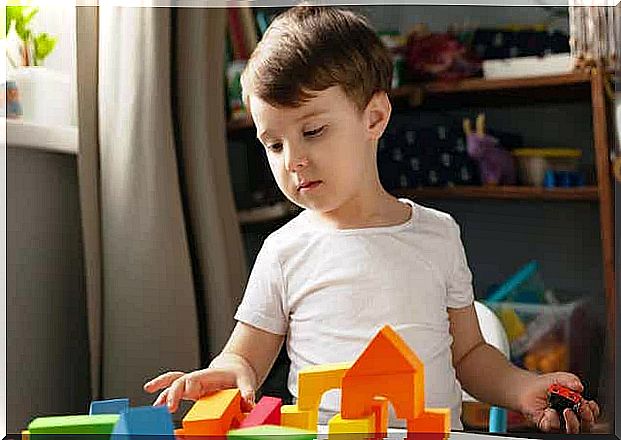
This can seem confusing, as there are many formal programs and workbooks designed for parents of preschoolers. This makes many parents feel that they should do more to prepare their children for school; i.e. give them more formal activities.
But the preschool stage is a time for informal learning. When your child has acquired enough informal knowledge through play, formal learning naturally becomes easier when they get to that day.
To become good at math through play
When a child has not received enough learning through play and too many forced formal skills, they will later have difficulty in school when these knowledge gaps begin to show and it becomes obvious that they lack basic skills.
Therefore, adapt your children’s abilities according to their playful interests. It is important to spend more time on informal learning through games and activities, for example:
- Play with shapes
- Play with blocks
- Put puzzles
- Learn to sing songs
- Count in games
- Make numbers in the model
- Play with objects.
With these tips, you can better understand how your children learn math and become good at math. To be able to help them learn different concepts, it is always important to first start with informal learning based on play.

